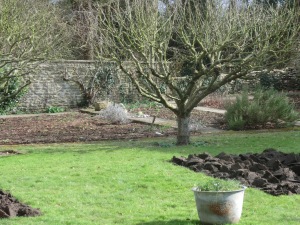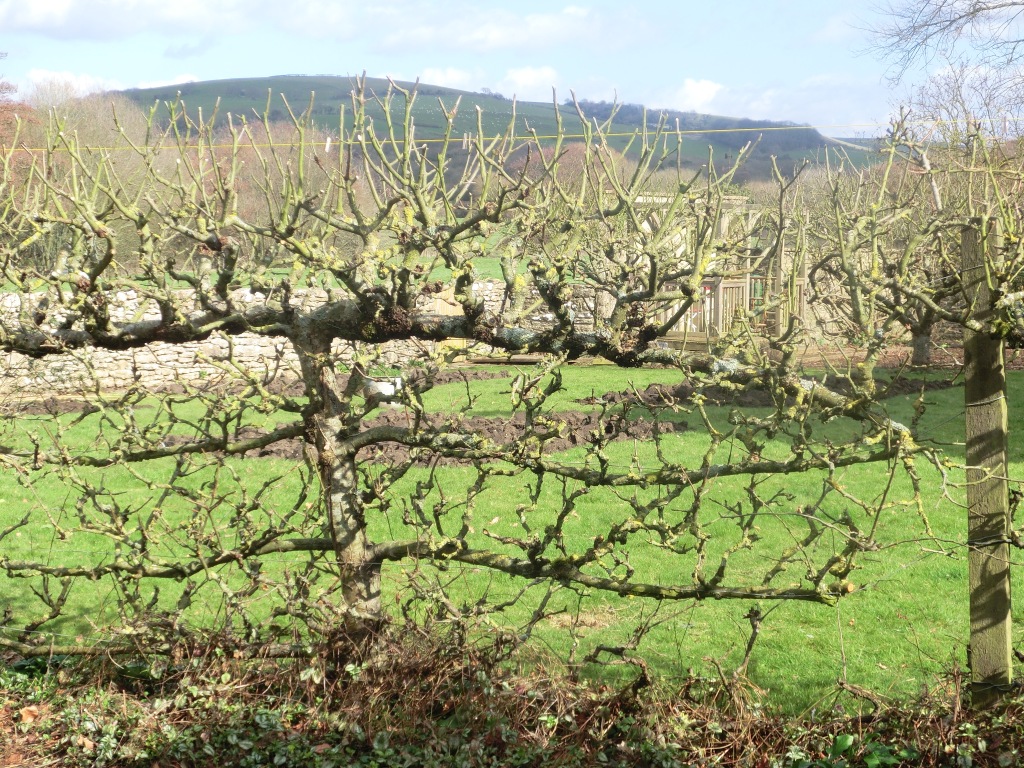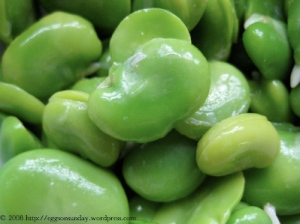When I think of chard, I think of the handsome town across the Somerset border with a reputation for toughness (in spite of its boast as ‘The Home of Powered Flight’, which I mean to investigate one day).
The children report a rhyme that does the rounds on the school bus:
We’re from Chard,
We’re well hard,
We just nicked your credit card.
Swiss, rather than Somerset, Chard is a fashionable leafy vegetable much loved by the Ottomans. This year I’ve grown rows of it, and it has all the virtues: it’s beautiful to look at, with its thick, flat white (or red or yellow) stem and shiny green leaves; far more patient and forgiving than spinach, which tends to bolt; gives you two vegetables in one – the stems can be cooked like celery, the leaves like spinach; and tastes good, too.
Here’s how to do it as a dolma, Yashim style:
Blanch the chard for a second in boiling water, rinse in cold water, and strip the stalks from the leaves.
Make a stuffing by mixing up half a pound of minced lamb or beef, a grated onion, a generous handful of raw Basmati rice, and all the seasoning you want – parsley, thyme, mint, coriander, cumin, allspice in any combination or quantity you like, and of course salt and black pepper. A chopped tomato if you want.
Put a leaf face down on the board, stem end towards you, and lay a thumb-sized roll of stuffing on it. Fold the bottom over, fold over the two sides, and roll it up. Hold it tight until you’ve laid it in a saucepan, so it doesn’t unravel.
Make a dozen.
Pour boiling water or stock over the rolls, to almost cover, and lay a plate on top, to keep them squeezed. Cover the pan, simmer for half an hour until most of the water has evaporated and the rice is cooked, and eat them dressed with some yoghurt beaten with garlic and mint.
We just had it for lunch, and it was very good. It’s a doddle to make, with about five minutes childish industry and thirty minutes to wait, but for some reason everyone thinks it must have been difficult – which may be what you want from cooking, really.












